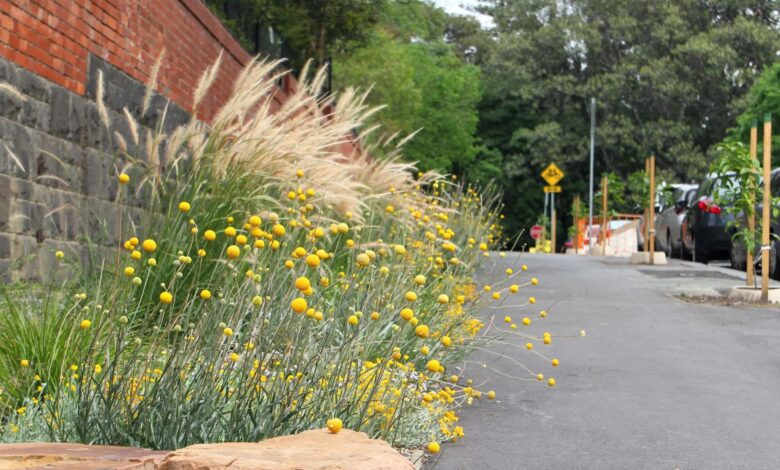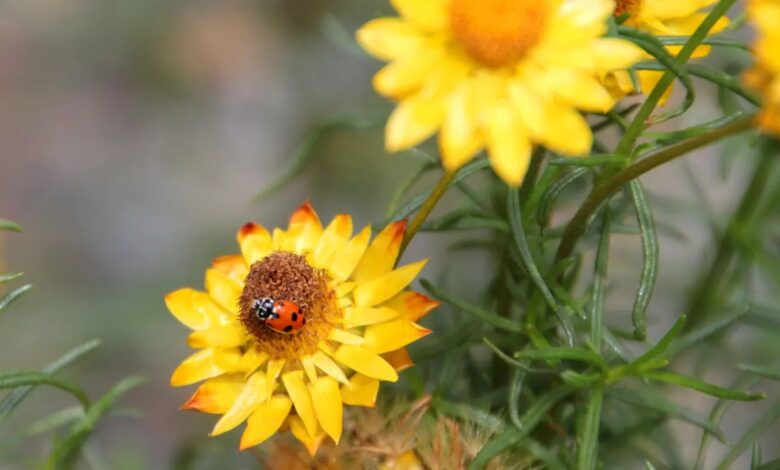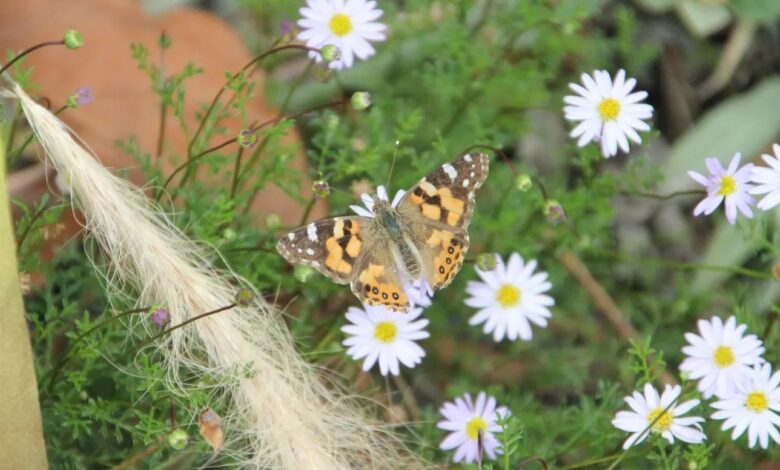The Clowes Street, South Yarra biodiversity site, two years after planting. Photo Credit: City of Melbourne
AnimalsEnvironment AustraliaMore Shrubs and Herbs Mean a Better Life for Bees and Birds!
Melbourne, Australia has expanded its proportion of plants – meticulously chosen to have the best impact on wildlife – and the efforts paid off as biodiversity is in better shape than ever now that native plants have supplanted urban areas.
Particular attention was brought to the understory – the native shrubs, perennial herbs, and grasses – that is “critically important” to insects and small birds, as urban ecologist and University of Melbourne professor Nick Williams puts it. “It was a pretty novel approach.”
The selected spiky shrubs would be useful for birds to hide in, the grasses would be used by birds to make nests, and the plants would yield a lot of nectar and pollen for bees, larval food sources for local butterflies, and seeds and fruits for birds as well as provide stems for solitary bees to call home. Bitumen footpaths were replaced by cut-leaf daisies, tufted bluebells, wattles, correas, and ringed wallaby grass among other things. For the last five years, the neighborhoods of South Yarra, Docklands, Parkville, and North Melbourne were surveyed on a regular basis, identifying and counting bees, butterflies, and birds. Within two years, a significant increase in the number of bee species and individual bees was noted, and that increase was sustained over time. Such results prove that biodiversity thrives when more complex native understory vegetation increases.






